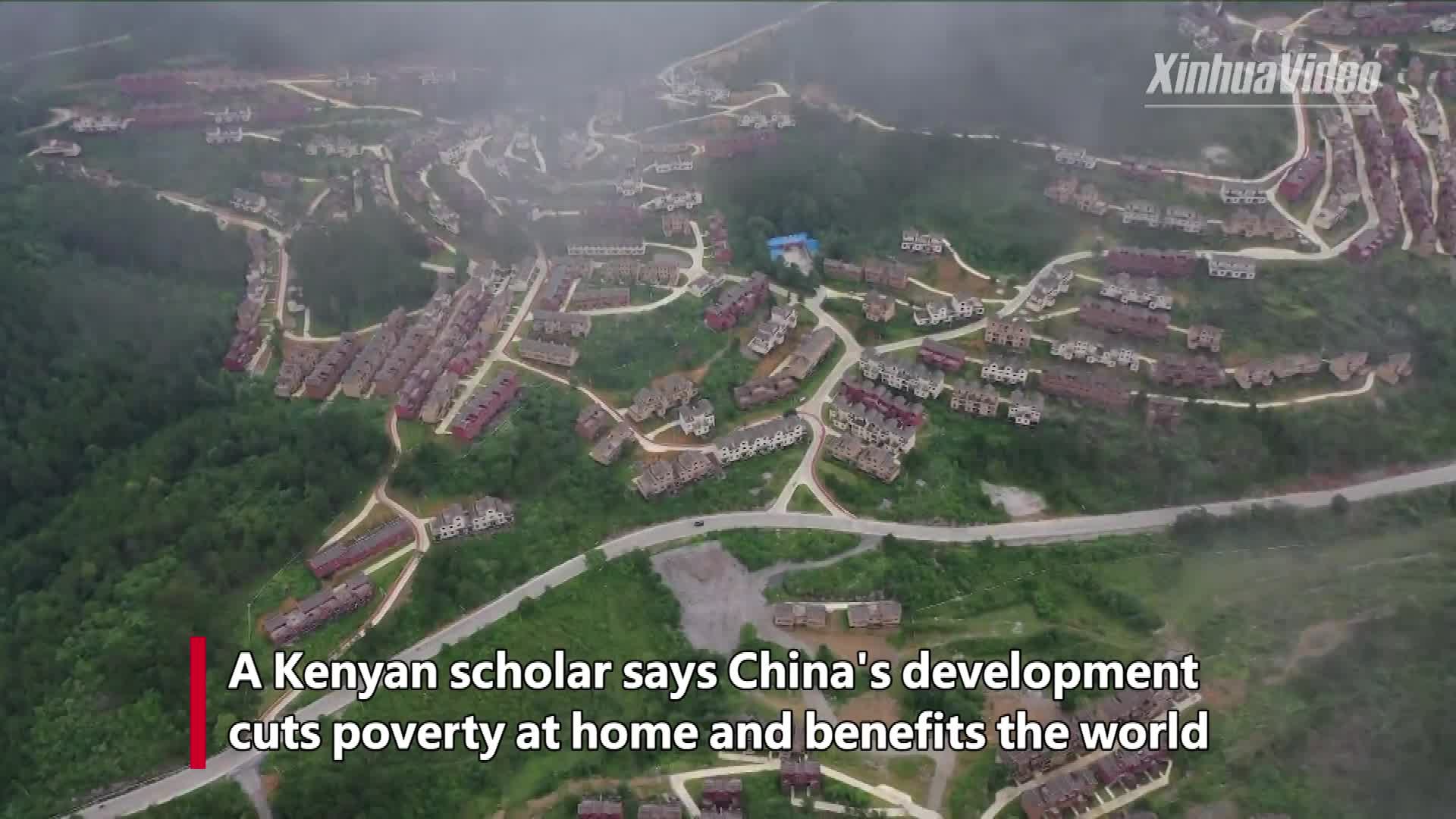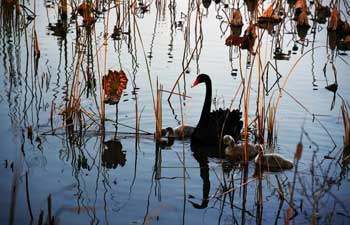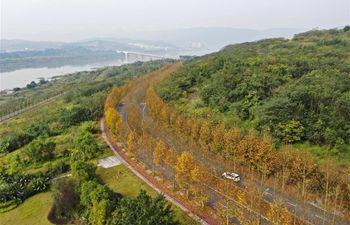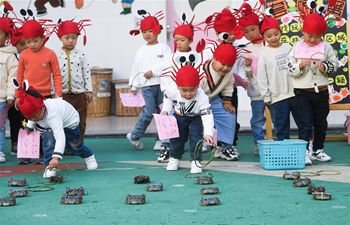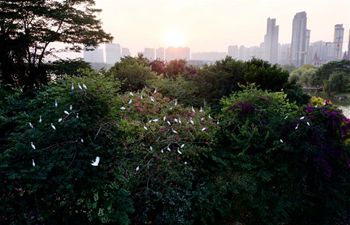NAIROBI, Nov. 20 (Xinhua) -- What was viewed by majority coastal communities in Kenya as witchcraft has turned out to be one of the leading income-generating activities for women farmers.
Charo Ngumba, chairman of Gede Community Forest Association (GCFA) in Arabuko Sokoke forest, that is adjacent to the northern coastal town of Malindi, said that when the project was introduced in the area, only a few people joined the group while majority others kept off for fear of being labeled witches.
"The women who kept off at the initial stage has since rejoined the group after seeing the benefits of growing and selling butterflies in foreign markets," Ngumba told Xinhua .
He said that courtesy of the government decision through an Act of Parliament that was effected in 2015 and allowed communities to co-own with Kenya Forest Service (KFS), the forest has helped sustain the lives of the adjacent communities.
Ngumba said that the forest cover is endowed with 230 butterflies of which 70 are harvested by women for sale in the overseas markets.
"Butterfly harvesting is one of the ways that Arabuko Sokoke Forest stakeholders use to conserve the forest ecosystem in the region," said Ngumba.
Jamila Rashid, a butterfly farmer and member of Mida C women group, started the business in 2010.
Rashid said that courtesy of good forest conservation practices, she has changed her business fully to harvesting of the butterflies from the forest as the main income-generating activity.
"We harvest lots of butterflies when the trees are bushy and has flowers and earn good money on a weekly basis," she said.
Emily Katana, deputy chairperson of the group, said that members of the group were educated on time and when to harvest the butterflies.
"We have been fully trained to trap them from 9 a.m. in the morning using bananas and mangoes that are placed inside the traps," Katana said.
She said that members return to the forest in the evening to remove the trapped butterflies.
Katana said that the butterflies are attracted to the smell of bananas and mangoes and they do not know they are under a trap.
She said that once trapped, individual members keep the butterflies to lay eggs before selling them to Kipepeo Butterflies House (KBH) that buys and sells the butterflies to the international market.
Hussein Adan, project manager of KBH said that since the project was started in 1993, farmers are today earning 100,000 dollars annually.
Adan said farmers engaged in the business have also expanded from the Shimba Hills and Wundanyi in the coastal region to Kakamega forest in Western Kenya.
"Color and mobility of the butterfly determines its price whereby farmers are paid on a weekly basis," said Adan.
He revealed that butterflies from Kenya fetch good money in the Netherlands, the United Kingdom, Germany, Italy, Turkey, the United States, Brazil, Peru and Philippines.
Adan said that the biggest market is the United Kingdom where butterflies are bought in wholesale and resold to European countries.
"The butterflies are bought for exhibitions, dried specimens and research by universities," Adan said.
He revealed that April-September remains the peak season for selling of butterflies to the international markets.
